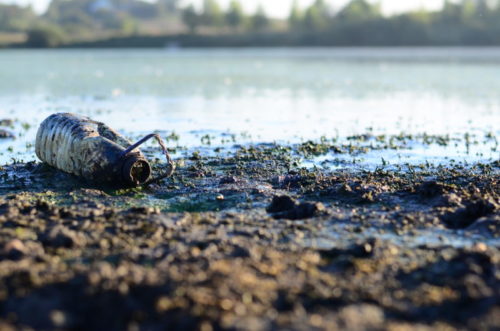Amongst the queries we receive from clients in relation to searches, we are often asked about the position in relation to contaminated land. Here, Ashley Mallett, a Solicitor in our Morley office, looks at the topic in more detail.
What is contaminated land?
Contaminated land is just one of several risks which are included in such surveys. This refers to substances within the soil or ground which are potentially or actually adverse to your health.
Why can this be a potential issue?
The Green Belt is a protected area of countryside, often surrounding major cities. As the public’s fear for building on England’s green and pleasant land increased, the government intervened.
In the early 2000s, a policy was introduced which provided that between then and 2008, 60 percent of all new housing would be built on existing brownfield (industrial) sites. The current Government has also committed itself to continuing the policy. This highlights the importance of considering a search in relation to contaminated land,
How many properties are at risk of being built on contaminated land?
It is estimated that approximately 3% of all UK residential property may be at risk of being built on contaminated land. Whilst this figure does not sound large, it is alarming when you consider a population of over 60 million people and the amount of properties in numbers that this relates to.
Do any other searches deal with contaminated land?
Your Local Authority search will reveal from the Council’s records whether the property is on the register of being built on land with previous or current contaminative uses. However, this does not guarantee that the register is up to date. Your property may be included on the register months or even years from completion if issues are found to exist.
Whose responsibility is it to clean up contaminated land on residential property?
The Environmental Protection Act states that the responsibility for cleaning the land up lies with the original person or organisation that originally contaminated it. However, where this person or body cannot be traced or has ceased to exist, the responsibility often falls on the homeowner to foot the clean up bill.
How much does it cost to clean up contaminated land?
It is difficult to say as it depends on the level of contamination and the size of your plot. However, it has been estimated that the average clean up bill is in the region of £15,000.00.
Are there other potential consequences to consider?
As well as the potential health risks, if you are served with a contaminated land notice, this must be complied with. The potential or actual issue may make it more difficult to sell or re-mortgage your home.
What can be done to protect me during the conveyancing process if the Environmental Search reveals a potential risk for the property I am buying being built on contaminated land?
Your solicitor is able to provide you with practical advice to protect your legal interests. We can point you the direction of further searches, surveys or investigations you may wish to consider.
Can you do anything to protect me financially from the costs of a potential clean-up notice?
From a financial point of view, you may choose to consider an indemnity policy, and it is possible to ask that the sellers cover the cost. The policy is designed to cover the cost of any potential future enforcement action if you are served with a contaminated land notice.
Ultimately, how you proceed in such a scenario will be a matter for you but you can rest assured that the experienced conveyancing team here at Ison Harrison can provide you with the advice and support you need.


















